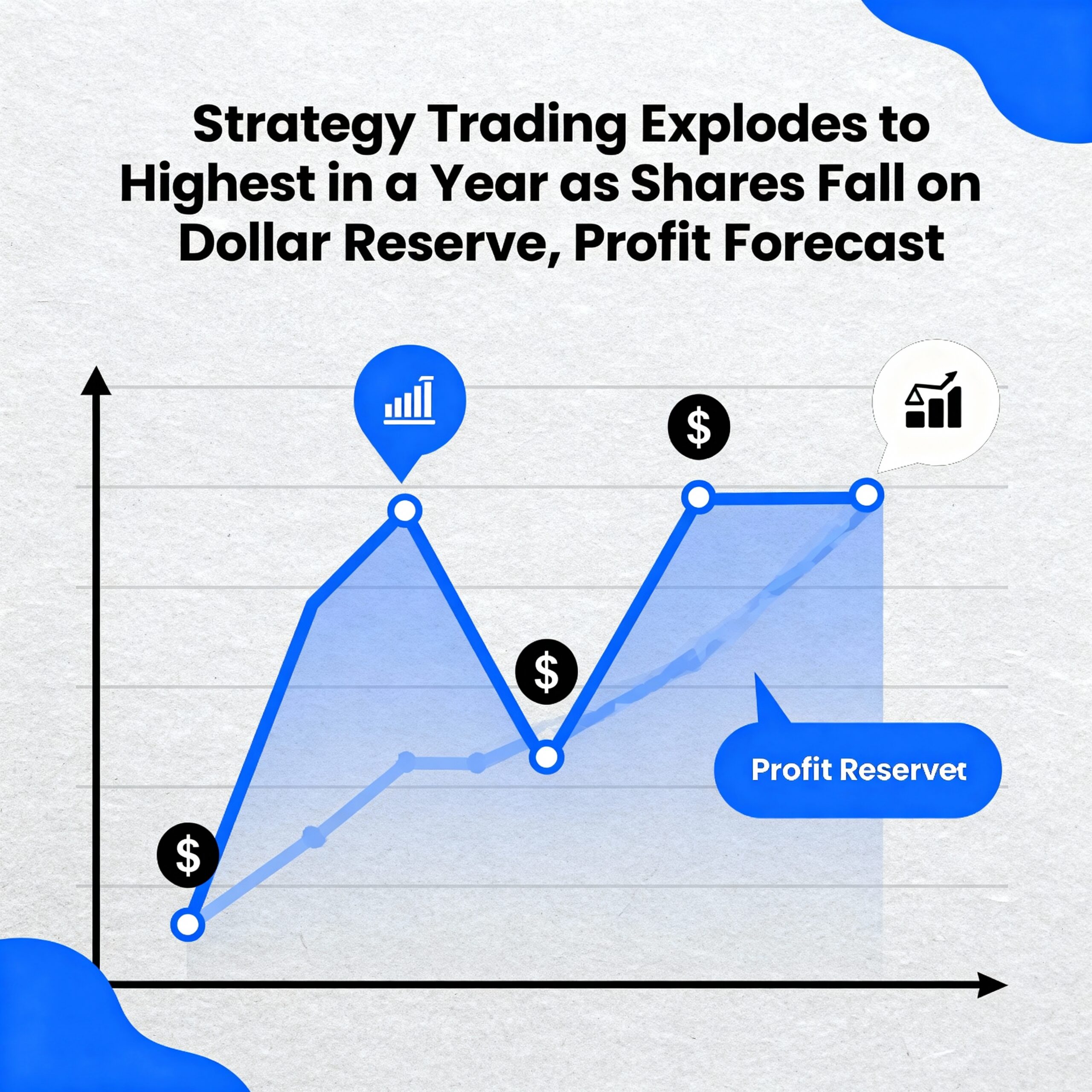Coinbase Institutional: Crypto Faces Bear Market as Bitcoin and Top Tokens Lose Momentum
Coinbase Institutional has officially flagged the onset of a crypto bear market, with both Bitcoin and a broader selection of leading altcoins showing signs of significant price declines and weakened momentum.
In a recent note, David Duong, Coinbase’s Global Head of Research, pointed to Bitcoin’s sustained drop below its 200-day moving average (SMA) in early March, a key technical indicator that signals a shift to bearish market conditions. Duong also highlighted that the COIN50 index, which tracks the top 50 cryptocurrencies by market cap, has been in a bear market since February.
“The drop below the 200DMA is a clear signal of a long-term bearish shift for Bitcoin,” Duong explained. “For the broader market, our COIN50 index shows that the entire asset class has been in a downtrend for well over a month now.”
While traditional markets often use a 20% drop to define a bear market, Duong pointed out that this metric doesn’t capture the full picture in crypto. Frequent, smaller corrections can have a major impact on investor sentiment, triggering defensive portfolio moves well before any traditional bear market thresholds are met.
Duong emphasized that crypto bear markets are more than just a series of price declines—they represent a shift in the market’s underlying structure. As liquidity tightens and investor confidence erodes, the market moves into a different phase, one defined by longer-term stagnation rather than volatility-driven rallies.
Coinbase also monitors Bitcoin’s risk-adjusted returns using a z-score model, which showed that the bull market ended in late February. Since then, the model has been neutral, reflecting the market’s struggle to find direction amid ongoing uncertainty.
Looking ahead, Duong noted that the outlook for altcoins may be particularly grim, as venture capital funding in the sector has slowed dramatically. Despite Bitcoin’s new highs earlier this year, venture capital inflows have been down by 50–60% compared to 2021 levels, signaling a retreat from riskier investments.
However, Duong remains cautiously optimistic, forecasting a potential market bottom in mid-Q2 2025, which could set the stage for a recovery later in the year. “While the market faces challenges, we believe there’s potential for a rebound by Q3 2025 as conditions stabilize,” he added.





